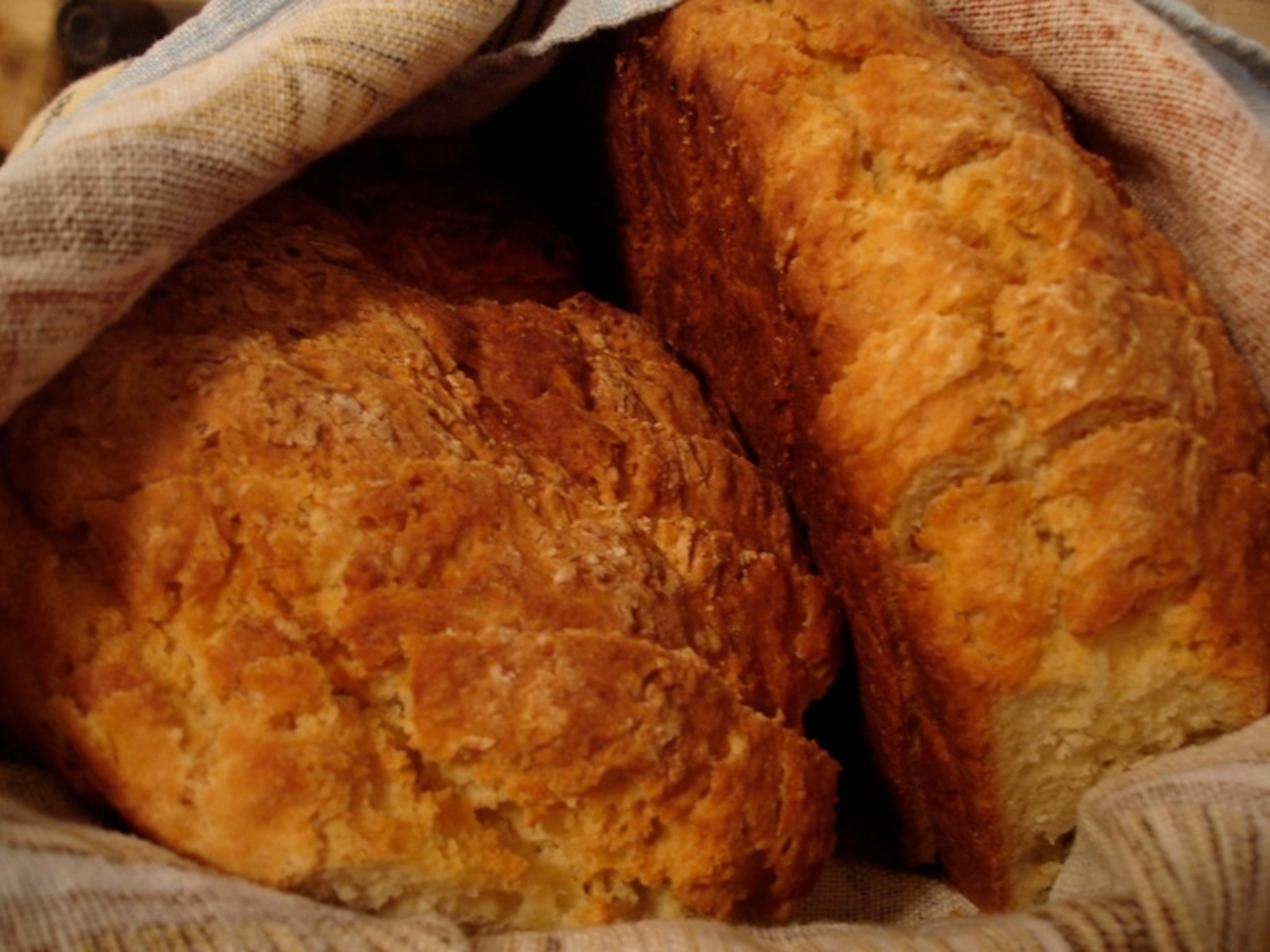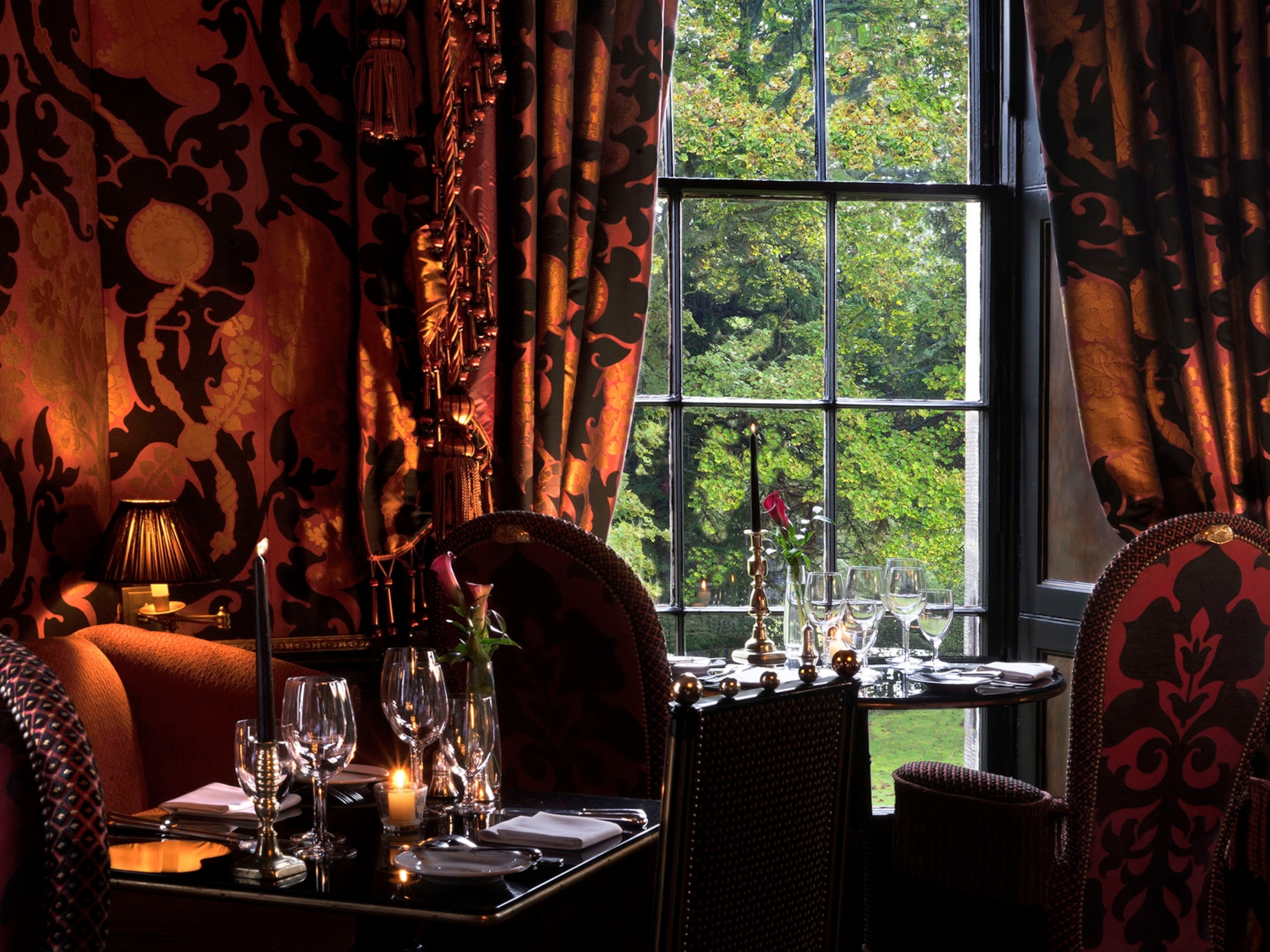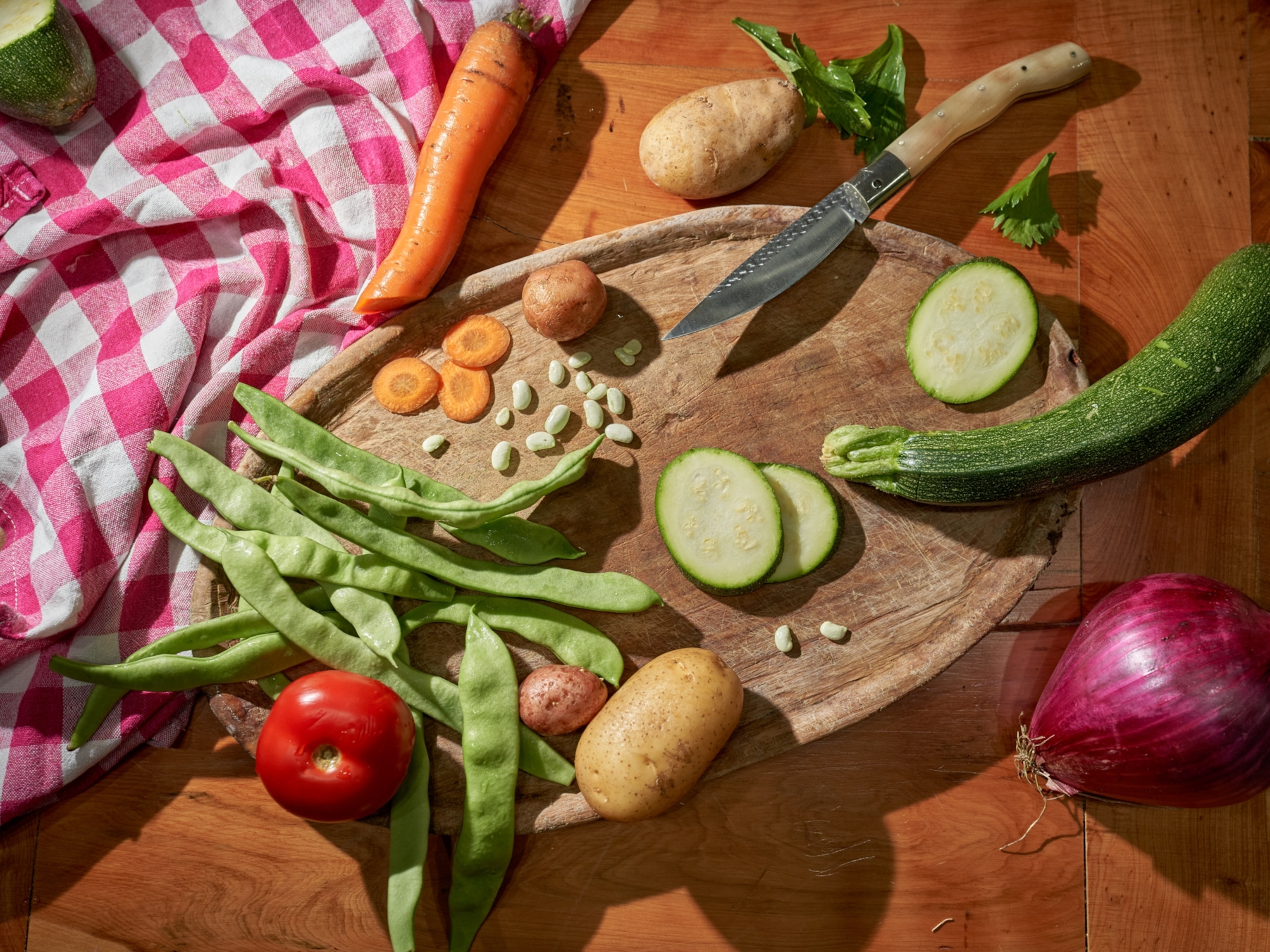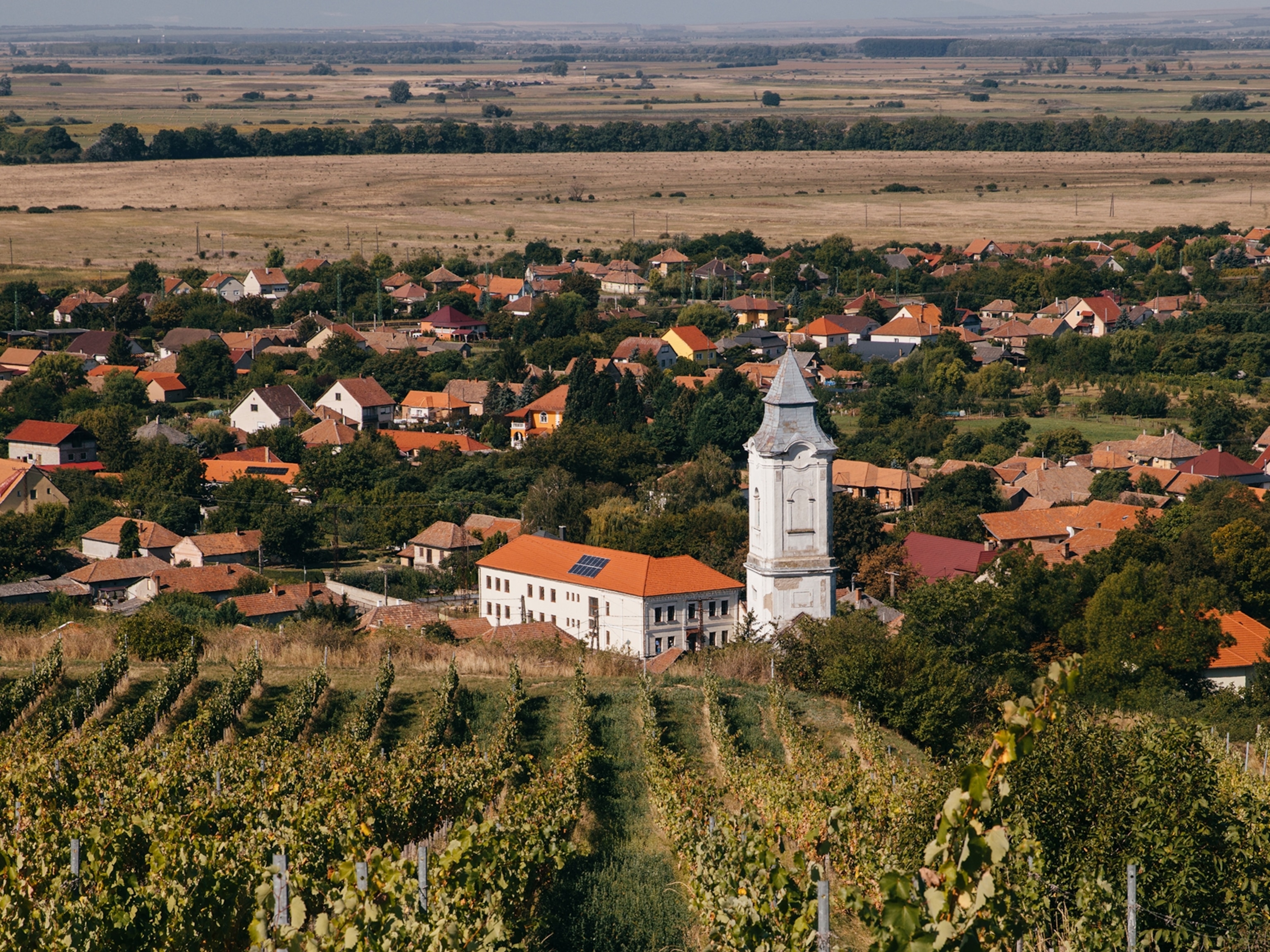
What the Real Irish Eat on St. Patrick’s Day
Ready for another round of watery green beer and corned beef with limp cabbage? Me, neither. St. Patrick’s Day doesn’t have to be all about bad food. In fact, the quality of Irish food is on the rise as more people are beginning to discover the island nation has much more to offer than cliches.
For centuries in Ireland, the March 17th holiday celebrating the country’s patron saint was a rather sober affair, says Darina Allen, cookbook author, chef and owner of Ballymaloe Cookery School in Shanagarry, County Cork, Ireland.
“It was much more of a religious feast—you went to Mass, people would wear a live shamrock, there was Irish dancing, sometimes a parade,” she tells The Plate.
In fact, up until about five years ago, few restaurants in the country were offering special menus. “It was sadly often a disappointment for people coming to Ireland,” she says.
It was actually the Irish coming to America who made St. Patrick’s into a big holiday, cooking what was once an expensive dish—corned beef and cabbage—at home, and eventually expanding it into multiple festivals, de rigeur green ties for politicians and at least one emerald-dyed river (naturally, in Chicago.)
But Irish tourism promoters began to get wise and realize that celebrating St. Patrick’s Day could help them tell the nation’s story, Allen says. Ireland is behind plans for the kelly-green illumination of 160 world landmarks this year, from the Sydney Opera House to the Grand Old Opry in Nashville. “A few years ago, it would have been far too bling. But nowadays, people are entering into the fun bit of it,” she says.
The Irish are embracing the spirit of St. Patty’s, but don’t expect them to compromise on the food.
“Corned beef and cabbage does in no way reflect what’s going on in Irish cooking now,” Allen says. Her cooking school is doing a pop-up St. Patrick’s Day dinner this year featuring, among other things, fried Irish lamb belly “fingers” and slow-poached organic chicken with tarragon, colcannon [mashed potatoes and kale], roasted carrots and herbed Irish cheddar croquette.
“Now as people have traveled more–they see our food, particularly the produce because of our growing season and no shortage of rain. People say, ‘A carrot tastes like a carrot!'”

Produce appreciation aside, she does take issue with what Americans call Irish soda bread.
“Your soda bread is not a soda bread we would recognize,” Allen says. That’s because the American version is gussied up with raisins and caraway seeds.
“It’s delicious, but it’s not soda bread. “Over here, we call that a spotted dog,” she says. Allen shares her recipe for true soda bread below, in case you’re feeling lucky.
White Soda Bread and Scones
(Soda bread only takes 2 or 3 minutes to make and 30 – 40 minutes to bake.)
A Note for American Cooks: In my experience in the U.S., and I have made lots of soda bread there, I needed up to 19fl oz of liquid, compared to 14fl oz in Ireland. I added 2fl oz of cream to compensate for the low fat buttermilk as part of the liquid measurement. It seemed to take at least 10 extra minutes to cook.
1 lb (450g/4 cups) white flour, preferably unbleached
1 level teaspoon/1/2 American teaspoon salt
1 level teaspoon/1/2 American teaspoon bread soda [baking soda]
sour milk or buttermilk to mix – 12-14fl oz (350-400ml/1 1/2 – 1 3/4 cups) approx.
First fully preheat your oven to 230ºC/450ºF/Gas Mark 8.
Sieve the dry ingredients. Make a well in the centre. Pour most of the milk in at once. Using one hand, mix in the flour from the sides of the bowl, adding more milk if necessary. The dough should be softish, not too wet and sticky. When it all comes together, turn it out onto a well floured worked surface.
WASH AND DRY YOUR HANDS. Tidy it up and flip over gently. Pat the dough into a round about 1 1/2 inches (2.5cm) deep and cut a cross on it to let the fairies out! Let the cuts go over the sides of the bread to make sure of this. Bake in a hot oven, 230ºC/450ºF/Gas Mark 8 for 15 minutes, then turn down the oven to 200ºC/400ºF/Gas Mark 6 for 40 minutes or until cooked. If you are in doubt, tap the bottom of the bread: if it is cooked it will sound hollow.
White Soda Scones
Make the dough as above but flatten the dough into a round 1 inch (2.5cm) deep approx. Cut into scones. Cook for 20 minutes approx. in a hot oven (see above).
Brown Soda Bread
Substitute half of the white flour with Howard One Way Wholemeal Flour.





